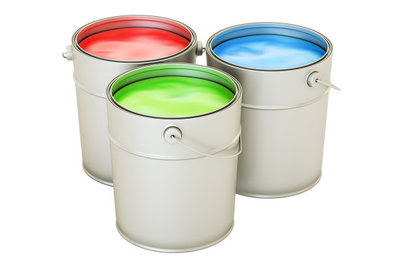The contradiction between environmental protection and efficiency is an important challenge in the development of efficient ink defoamers. To solve this problem, the following strategies can be adopted: selecting environmentally friendly raw materials is the basis for developing environmentally friendly ink defoamers. These raw materials should meet environmental requirements such as low toxicity, degradability, or biocompatibility to reduce pollution to the environment.

Research and screen raw materials that meet environmental standards, such as biobased materials, natural extracts, etc. Strictly evaluate the environmental performance of raw materials to ensure that they do not release harmful substances during use. By optimizing formula design, it is possible to reduce the environmental load of the product while ensuring defoaming efficiency. This includes adjusting the proportions of each component, introducing functional additives, etc.
By using compounding technology, multiple defoamer components are mixed in a certain proportion to exert synergistic effects and improve defoaming efficiency. Introduce environmentally friendly functional additives such as surfactants, dispersants, etc. to improve the stability and dispersibility of ink defoamers. Improving production processes and reducing waste and pollutants generated during the production process are important ways to achieve a win-win situation between environmental protection and efficiency.
Adopting advanced production equipment and technology, such as automated control systems, closed reaction vessels, etc., to reduce the occurrence of leakage during the production process. Effectively treat production wastewater, exhaust gas, etc. to ensure compliance with emission standards.
In the research and development process, it is necessary to comprehensively consider the needs of environmental protection and efficiency, and find the best balance point. Conduct extensive experiments and tests to evaluate the impact of different formulations and production processes on environmental protection and efficiency. Based on the evaluation results, adjust the formula and production process to achieve the goal of being both environmentally friendly and efficient. Continuous research and development innovation is an important driving force for the continuous development of environmentally friendly and efficient ink defoamers. Increase R&D investment and support researchers to conduct research on new technologies and products. Pay attention to industry trends and changes in market demand, and adjust research and development directions and goals in a timely manner.
By obtaining product certification and establishing relevant standards, market behavior can be regulated, and the popularization and application of environmentally friendly and efficient ink defoamers can be promoted. Actively apply for and obtain relevant environmental certifications and marks, such as ISO 14001 environmental management system certification. Participate in or lead the development of relevant standards, promoting the industry towards a more environmentally friendly and efficient direction.
In summary, resolving the contradiction between environmental protection and efficiency requires multiple efforts and measures. By selecting environmentally friendly raw materials, optimizing formula design, improving the environmental friendliness of production processes, strengthening the balance between environmental protection and efficiency, continuous research and development innovation, and focusing on product certification and standard setting strategies, it is possible to develop ink defoamer products that are both environmentally friendly and efficient.

 English
English
 Chinese
Chinese Vietnamese
Vietnamese
 HOME
HOME
 PRODUCT
PRODUCT
 NEWS
NEWS
 CONTACT
CONTACT


